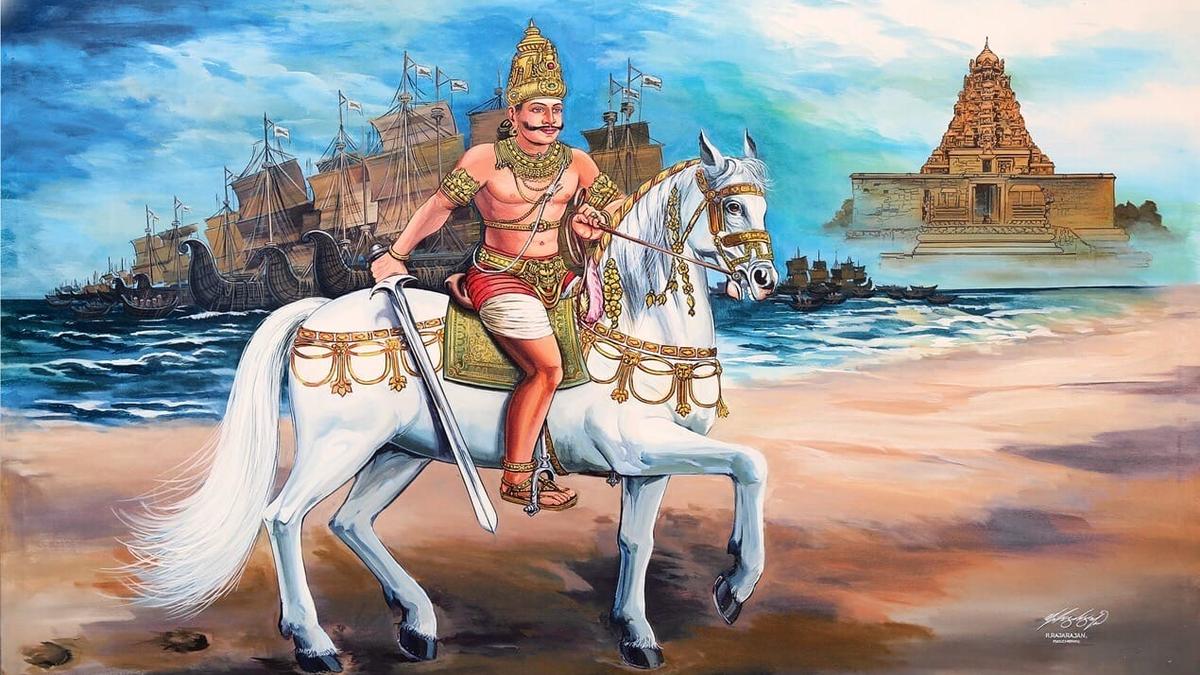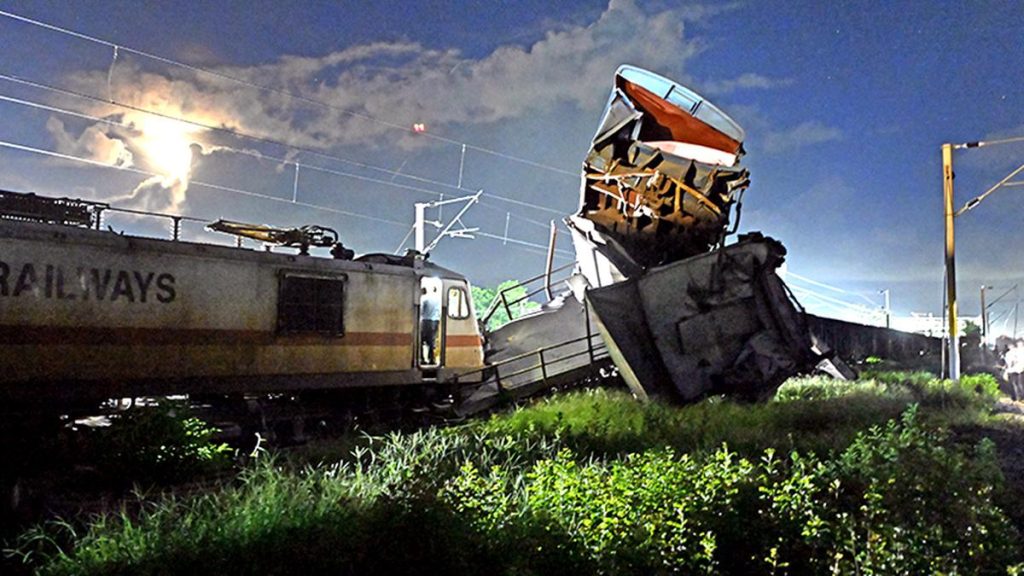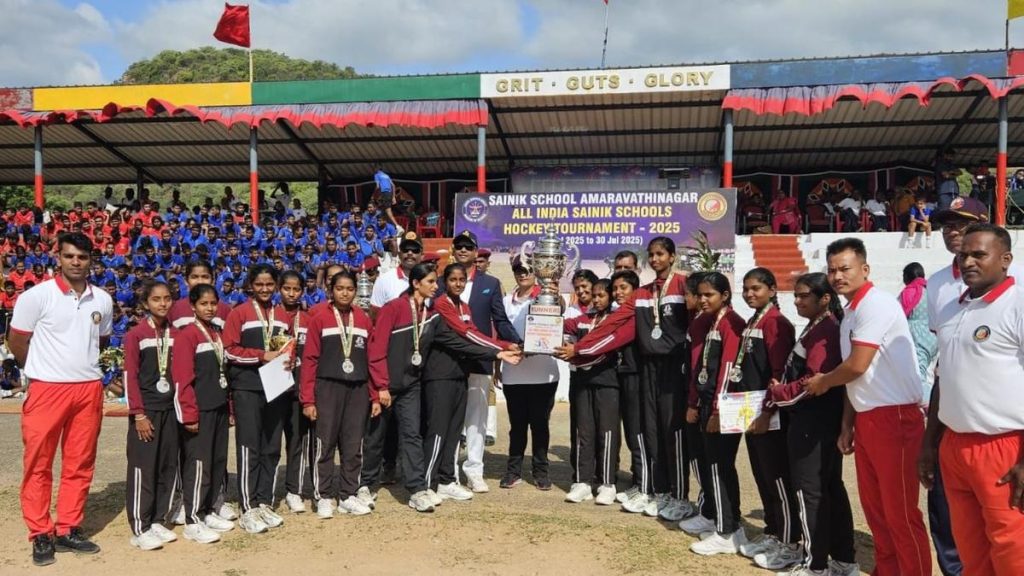Now Reading: Retracing King Rajendra Chola’s 1,000-Year-Old Ganges Expedition
-
01
Retracing King Rajendra Chola’s 1,000-Year-Old Ganges Expedition
Retracing King Rajendra Chola’s 1,000-Year-Old Ganges Expedition

Quick Summary
- Event: Millenary celebrations of Rajendra Chola IS Gangetic expedition have brought focus on the military campaign undertaken during the 11th Century CE.
- Past Insights: Contrary to popular belief, inscriptions reveal that Rajendra chola stayed back near godavari while his general led the conquests.
- Path of Conquest:
– Started from Venginadu in eastern Deccan,ruled by Eastern Chalukyas loyal to the Cholas.
– Key victories included Chakrakottam (present-day Bastar region), Masuna Desam, and Dakshina Kosala (Mahakosala).
– Progressed thru Odisha and Bengal territories,defeating dynasties such as Dharmapala (Midnapore area) and Govindachandra (Eastern Bengal).- Eventually reached the ganges, symbolizing the expedition’s culmination.
- Objective & Symbolism: The campaign was not merely to fetch water from the Ganges but showcased imperial power. The returned water built a reservoir named Cholagangam in Gangaikonda cholapuram.
- Legacy Mentioned: Scholars note that although political boundaries remained unchanged after this conquest, it had lasting cultural impacts with settlers forming dynasties like Sena and Karnata in northern India.
indian Opinion Analysis
Rajendra Chola I’s Gangetic expedition symbolizes far more than territorial conquest; it reflects ancient India’s interregional connectivity driven by ambition and military strategy. By effectively managing alliances with loyal regional rulers like those in Venginadu and deploying one of his generals for execution rather than leading personally, Rajendra demonstrated an advanced form of delegation suited for expansive campaigns.The geographical reach-from southern India through Odisha up to Bengal-underscores comprehensive logistical challenges met by one of medieval India’s most powerful empires. This also highlights south Indian involvement in historically significant northern regions-a dynamic not commonly acknowledged today.
Critically speaking, while symbolic markers like fetching sacred river waters were crucial cultural representations for posterity at that time (e.g., Cholagangam tank), such expeditions established enduring socio-political ties across regions. by leaving permanent marks-such as settler influence leading to later dynasties-the campaign reinforced how ambitious empire-building could forecast shifts beyond immediate military success.
Nonetheless, scholars caution against overinterpreting these achievements within modern frameworks; power demonstrations like these did not necessarily unify political divisions or materially transform regional governance structures after their conclusion.For further reading about Rajendra Chola’s historic campaign trajectory or its broader implications on Indian history-and references shared-please refer here.

























